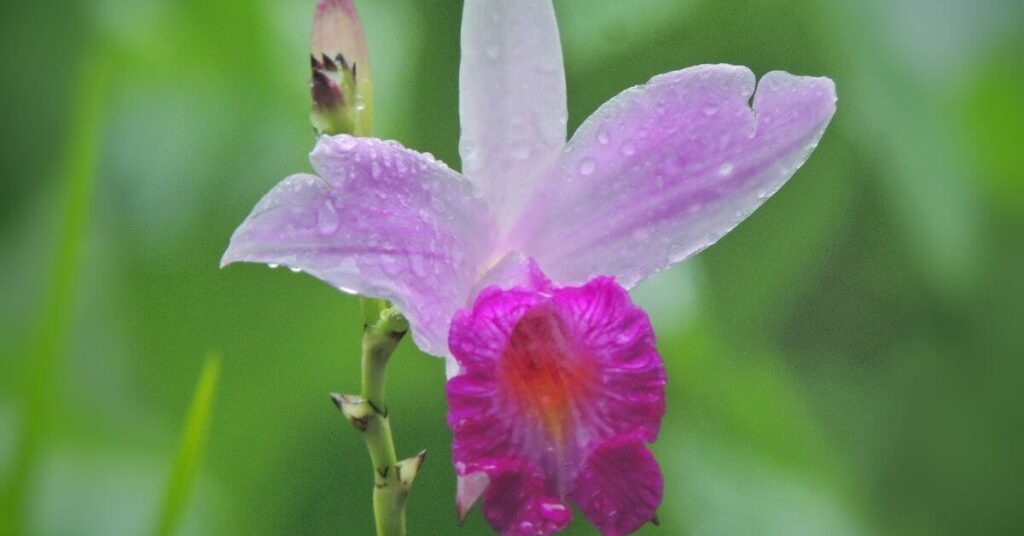Introduction
Nature gifts us with an impressive variety of plants, each with its unique characteristics. Among these botanical gems, the jabuticaba tree (Plinia cauliflora) stands out as a charming ornamental plant, capable of adding beauty and exuberance to any garden. In this article, we will delve into the details of this fascinating plant, from its distinctive features to essential care tips to ensure its healthy growth.
History and Origin
The jabuticaba tree is native to Brazil, specifically the tropical and subtropical regions. Its scientific name, Plinia cauliflora, pays homage to the Portuguese botanist Abbot João da Silva Feijó Plínio. The plant is known for its unique characteristic of bearing fruit directly on the trunk.
Botanical Characteristics
1. Foliage:
The jabuticaba tree has dark green, glossy, elliptical leaves that provide an attractive visual contrast. The arrangement of leaves along the branches contributes to the plant’s unique aesthetics.
2. Flowers:
The flowers of the jabuticaba tree are small and white, emerging directly from the trunk and branches. Blooming usually occurs in spring, transforming the plant into a natural work of art.
3. Fruits:
The fruits of the jabuticaba tree are small, round, and dark when ripe. Their most striking feature is that they grow directly on the tree trunk, creating a spectacular and unique sight in the world of ornamental plants.
Basic Care
1. Location:
The jabuticaba tree is a tropical plant that thrives in warm climates. It prefers sunny locations and ideally should be planted in well-draining soil. Ensure you plant it in a spot where it receives direct sunlight for at least a few hours a day.
2. Soil:
The soil for the jabuticaba tree should be nutrient-rich, slightly acidic, and well-draining. Adding organic matter, such as compost, can improve soil quality and provide the necessary nutrients for the plant’s healthy growth.
3. Watering:
The jabuticaba tree appreciates regular watering, especially during periods of active growth and flowering. However, it’s essential to avoid waterlogging the soil, as excessive water accumulation can lead to root problems.
4. Fertilization:
Proper fertilization is crucial to promote the healthy development of the jabuticaba tree. Use a balanced fertilizer during spring and summer, following the product instructions. Avoid over-fertilizing, as it can harm the plant.
5. Pruning:
Pruning is an essential practice to shape the jabuticaba tree and remove dead or diseased branches. Perform pruning in late winter or early spring, before the onset of the active growth period.
Propagation of the Jabuticaba Tree
The jabuticaba tree can be propagated by seeds or through grafting techniques. Propagation by seeds is more time-consuming, while grafting allows for obtaining plants genetically identical to the mother plant.
1. Propagation by Seeds:
- Collect mature seeds from the fruit.
- Wash the seeds and let them dry for a few days.
- Plant the seeds in a light substrate and keep the soil moist.
- Seedlings typically germinate in a few weeks.
2. Propagation by Grafting:
- Choose a healthy branch from the mother plant.
- Prepare a healthy rootstock.
- Make a beveled cut on both ends of the branch and rootstock.
- Join the cut parts, securing them carefully.
- Protect the grafted area with plastic wrap until the union is successful.
The Jabuticaba Tree in Landscaping
In addition to its ornamental value, the jabuticaba tree is an excellent choice for landscaping due to its ability to provide shade and beauty simultaneously. It can be grown as a standalone tree on a lawn or integrated into a broader garden, adding a tropical and exotic touch.
Common Issues and Solutions
1. Pests:
The jabuticaba tree may be susceptible to pests such as aphids and scale insects. Control these pests with natural insecticides or insecticidal soap.
2. Diseases:
Fungal diseases like powdery mildew can affect the jabuticaba tree. Treat with appropriate fungicides and avoid excess moisture.
3. Premature Fruit Drop:
Premature fruit drop may occur due to inadequate soil conditions. Ensure the soil is well-draining and provide the necessary nutrients.
Conclusion
The jabuticaba tree, with its unique beauty and fascinating fruits, is a valuable addition to any garden. By understanding its characteristics, care requirements, and propagation methods, you will be better equipped to fully enjoy this ornamental gem. Cultivating a jabuticaba tree not only adds a tropical touch to your space but also provides an intimate connection with the lushness of Brazilian nature. Invest time and care in your jabuticaba tree, and it will reward you with years of beauty and delicious fruits.






